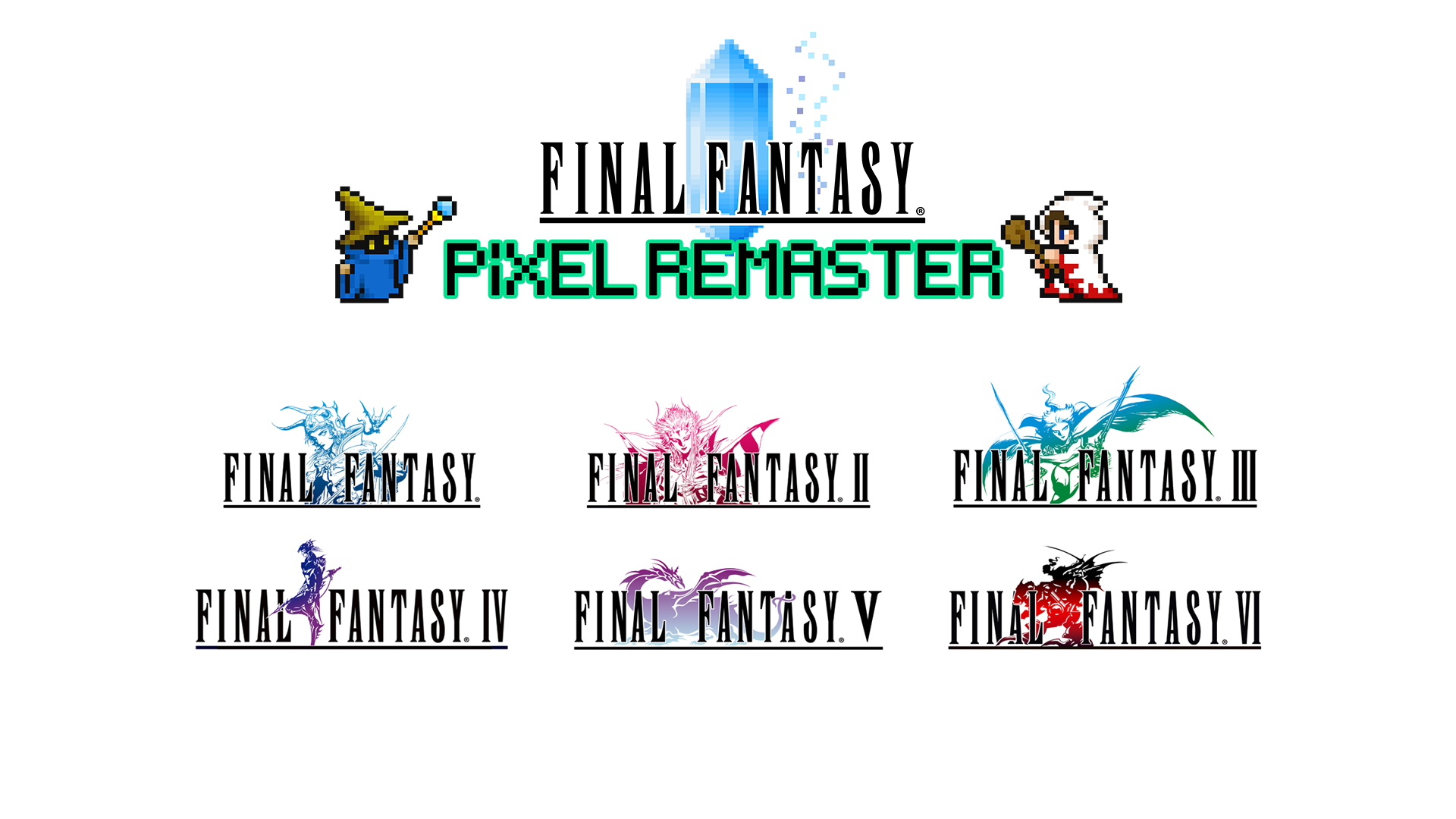
The Final Fantasy Pixel Remasters are out now, featuring simple (yet slick) refurbishments of the first three games in the mainline Final Fantasy series, and the promise of Final Fantasy 4, 5 and 6 arriving at a later date. Available on Steam and mobile devices, the Final Fantasy Pixel Remasters offer series veterans a new way to play the earliest titles, or give newcomers a chance to explore the series in a more convenient way.
Thankfully, for series purists, each game featured in the Pixel Remaster collection remains largely unchanged. What you’re getting from each, then, is a slight graphical facelift while maintaining the look and feel of the original games. That, alongside some quality-of-life features (which can be toggled on or off), revamped soundtracks and some nifty extras, make each game in the collection well worth exploring.
But what specifically has changed with the Final Fantasy Pixel Remasters? We’ve put together a list breaking down the big changes in the collection, from visual upgrades to games that are launching in certain territories for the very first time. If you’re on the fence about picking up a game or two from the collection, read on to see if these legendary JRPGs are for you.
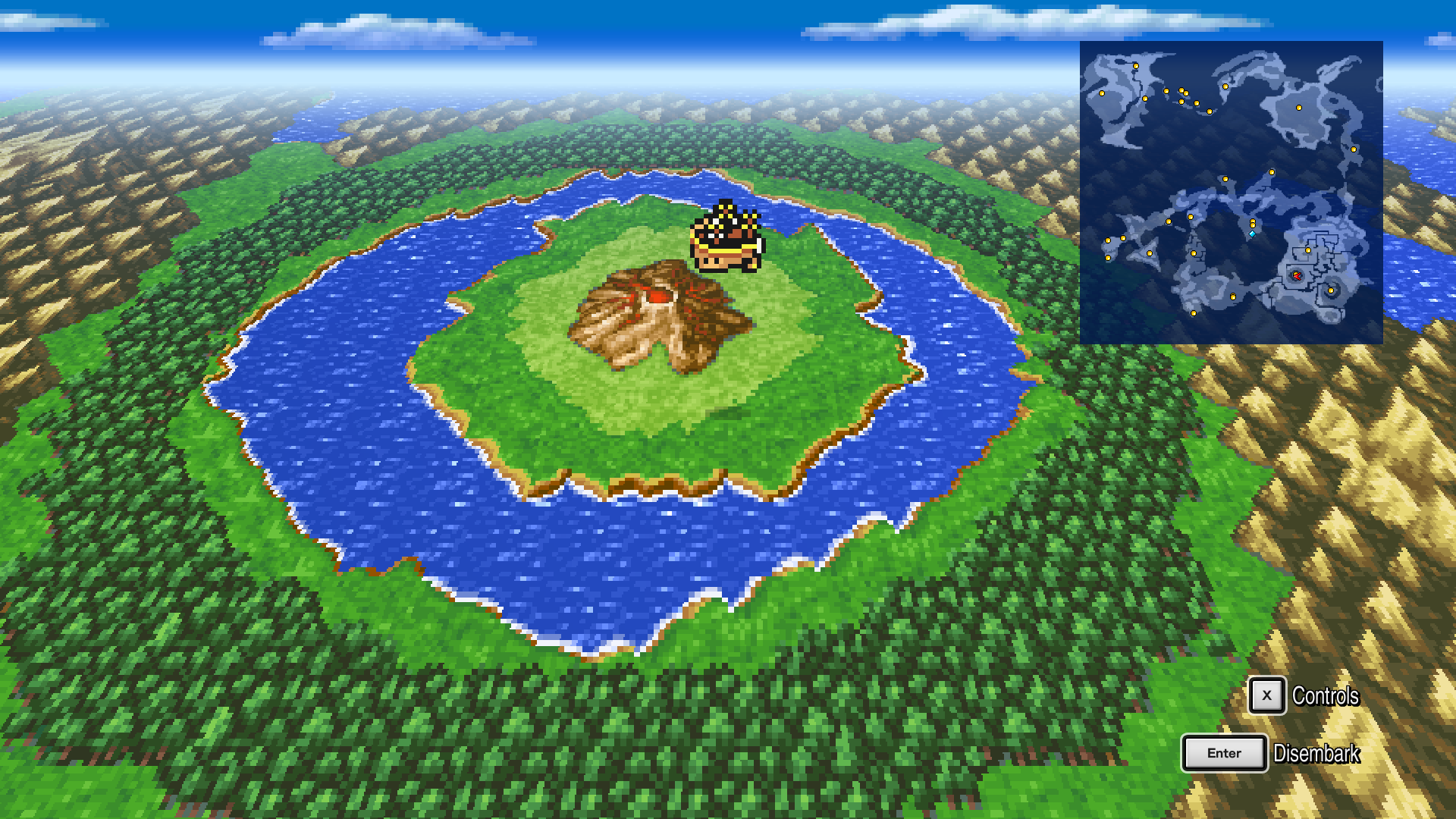
1. Visual upgrades
One of the best things about the Final Fantasy Pixel Remasters is that each game has received a graphical touch-up. This means that Final Fantasy 1, 2 and 3 have each received a visual upgrade, and all look consistent with one another.
The NES originals were well up to scratch when they launched, of course – but the remastering of these three games means that they can act as one big, continuous adventure for you to delve into, exploring the quirks and improvements of each as you progress through them.
Individual graphical changes include baked-in lighting, water tiles that look convincingly reflective, and completely overhauled enemy sprites with many resembling the original concept art for the creatures. The attention to detail here is genuinely impressive, and redrawing each and every sprite was clearly no small feat.
Oh, and we highly recommend bringing both a white and black mage along for the ride, as their spell effects look utterly stunning now – particularly white mage’s undead-slaying Diara and black mage’s range of nuking elemental spells like Blizzara.
Get daily insight, inspiration and deals in your inbox
Sign up for breaking news, reviews, opinion, top tech deals, and more.
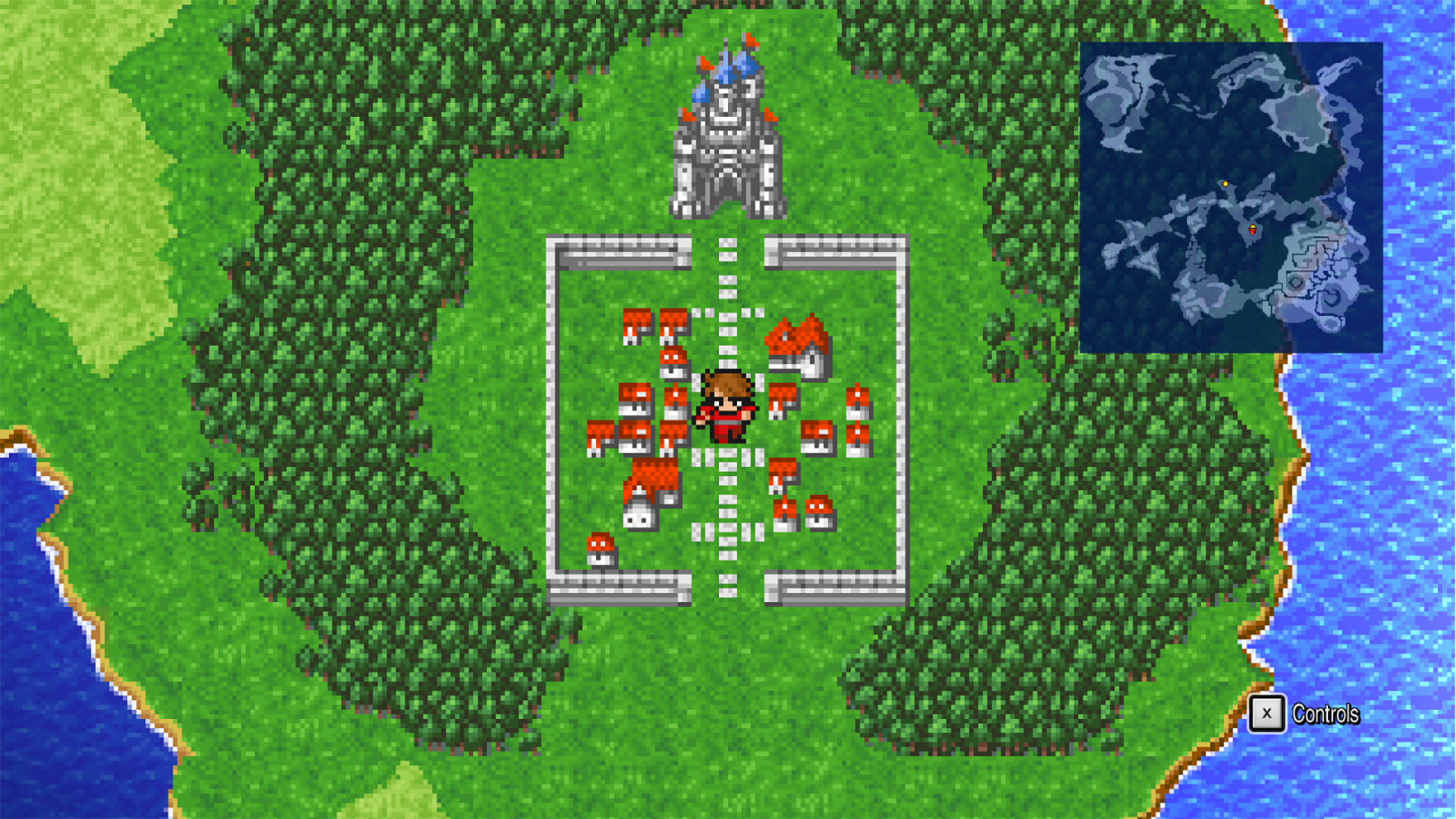
2. Maps and easier navigation
Each game in the Pixel Remaster collection comes with a suite of universal quality-of-life features, too. There’s now a quick-save option in the menu, in case you have to dash somewhere in a hurry.
It’s nice, but it pales in comparison to the usefulness of the map, which now shows up in the corner of the screen, presenting an overview of the area you’re currently exploring (or desperately trying to escape when you’ve run out of mana). This may trivialize the games for some, but it’s a great addition for newcomers exploring the often labyrinthine dungeon design of these earlier Final Fantasy titles. If you’d prefer, the map can also be turned off entirely.
Each game’s user interface is now uniform, too, and provides a clearer picture than ever of how weapons and gear affect your stats, when you can and can’t use certain items, as well as adjust options such as volume at any time. The interface also feels wonderfully responsive, as you’d expect from modern re-releases of such old games. This makes sifting through menus on the battle screen an utter breeze.

3. Remastered soundtracks
Every title in the Pixel Remaster collection features a remixed soundtrack, offering more up-to-date renditions of Nobuo Uematsu’s original scores. And it’s no half-baked measure, either: the remixed tracks sound lovely, particularly Final Fantasy 3’s Eternal Wind, which has received a beautiful update here.
It’s a bit unfortunate that there’s currently no option to switch back to the original soundtracks for the games, which would have been nice for conservation. However, the tracks that we have in the remastered collection are more than adequate, many sounding better than they ever have.
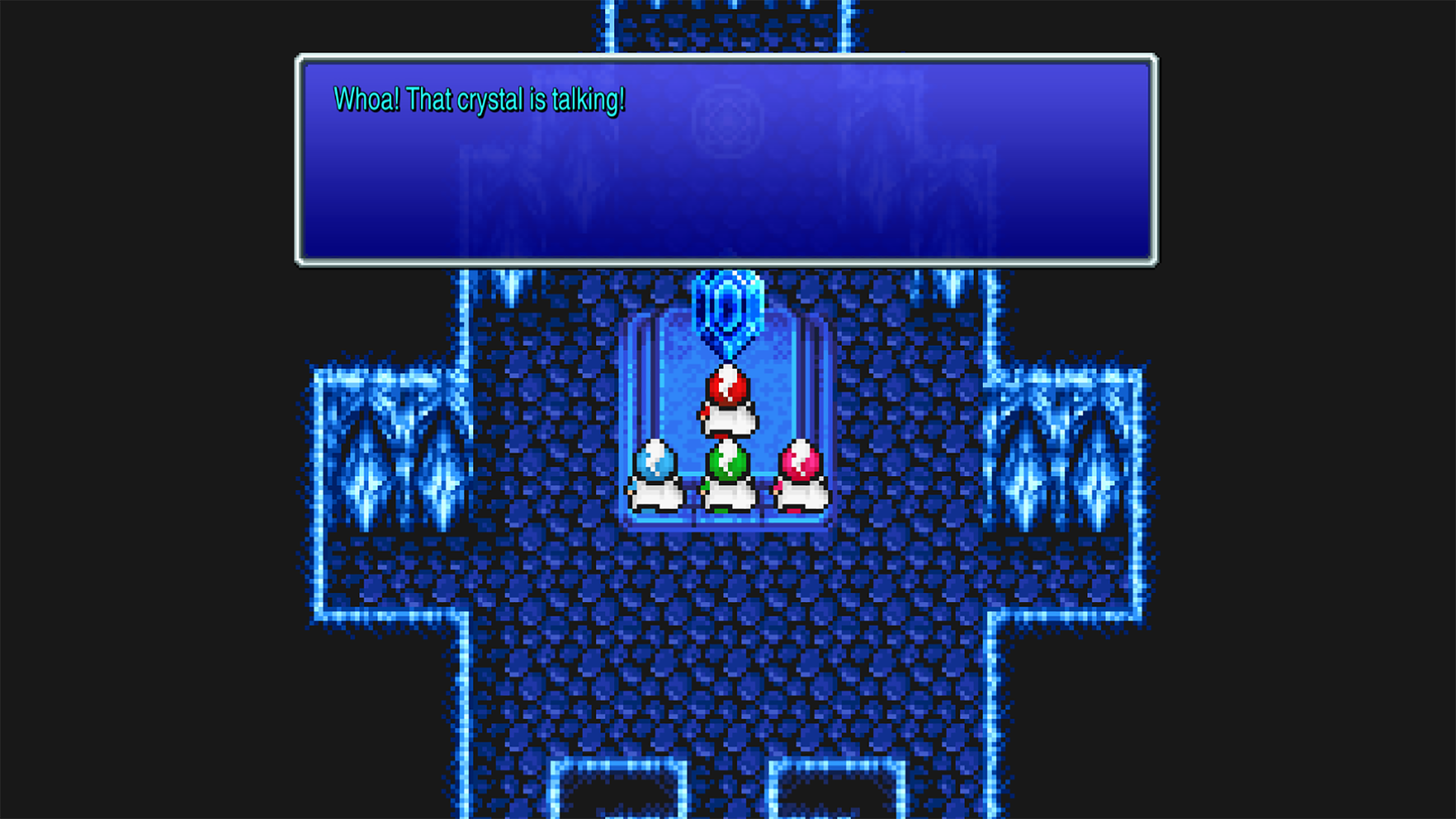
4. Final Fantasy 3
The third installment in the series represents a huge feature in itself. Why? Because the original NES version of Final Fantasy 3 never made it to the west. Indeed, the Pixel Remaster collection is the first time we’ve had that version officially released for western audiences.
Of course, Final Fantasy 3 did eventually release overseas in the form of a 3D remake on the Nintendo DS (which has since found its way to Steam and mobile), but that’s largely its own beast, with original characters, story beats and new content not found in the original game.
By comparison, the Pixel Remaster version uses the NES original as a base, evidenced by the fact you have all four party members at the start, the use of the Onion Knight base class, as well as a Job system that’s introduced much earlier compared to the Nintendo DS remake.
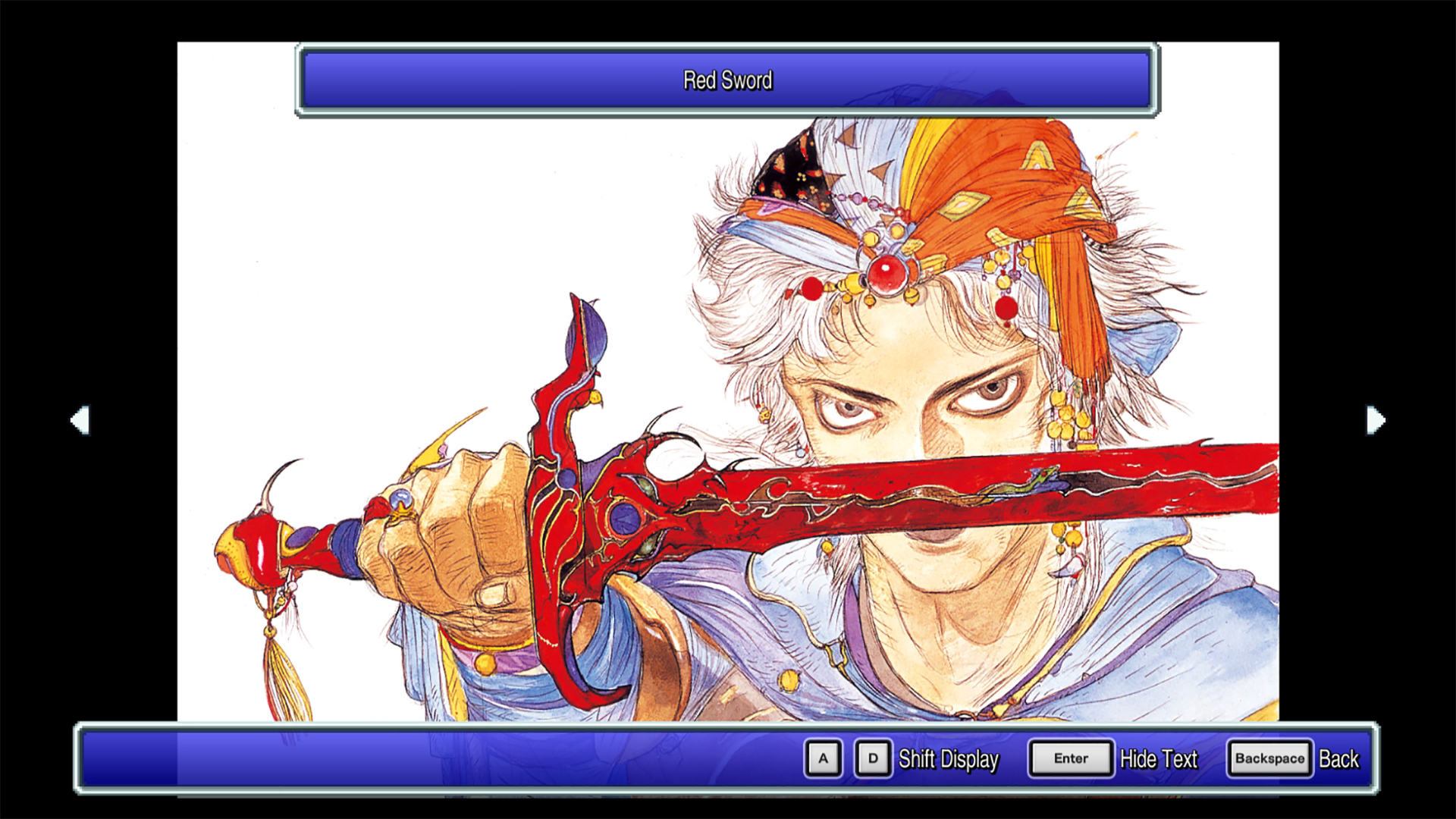
5. Some fun extras
Lastly, each game in the collection features a smattering of extras in the form of a bestiary, sound test and galleries loaded with concept art. The latter in particular is a superb way to relish the development history of each title, with many pieces of concept art being particularly striking (we can’t get the nightmarish Final Fantasy 3 rendition of the Chocobo out of our minds).
The bestiary, meanwhile, will let you look up extra info on all the baddies you’ve beat in-game, featuring their sprites as well as a breakdown of stats, weaknesses and potential items you’ll get for defeating them. It’s also one of the best ways to admire the incredible retro sprite work featured in the remasters.
- Final Fantasy XIV is so popular now that it completely sold out of digital copies

Rhys is TRG's Hardware Editor, and has been part of the TechRadar team for more than two years. Particularly passionate about high-quality third-party controllers and headsets, as well as the latest and greatest in fight sticks and VR, Rhys strives to provide easy-to-read, informative coverage on gaming hardware of all kinds. As for the games themselves, Rhys is especially keen on fighting and racing games, as well as soulslikes and RPGs.